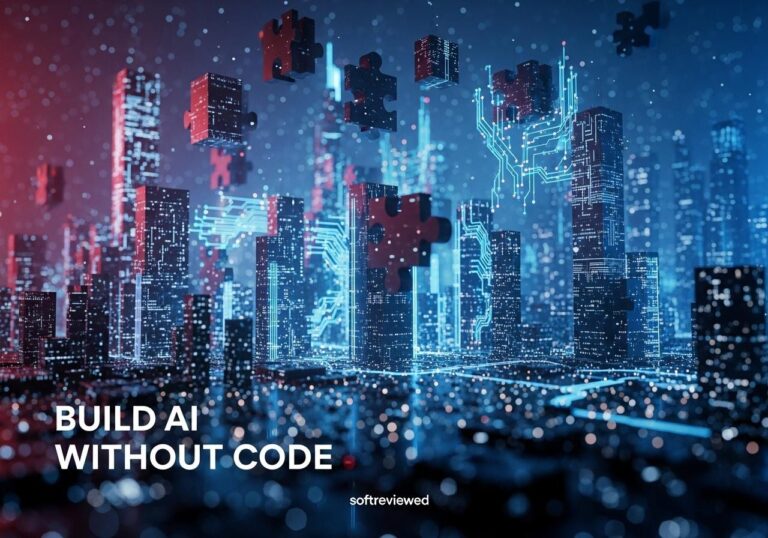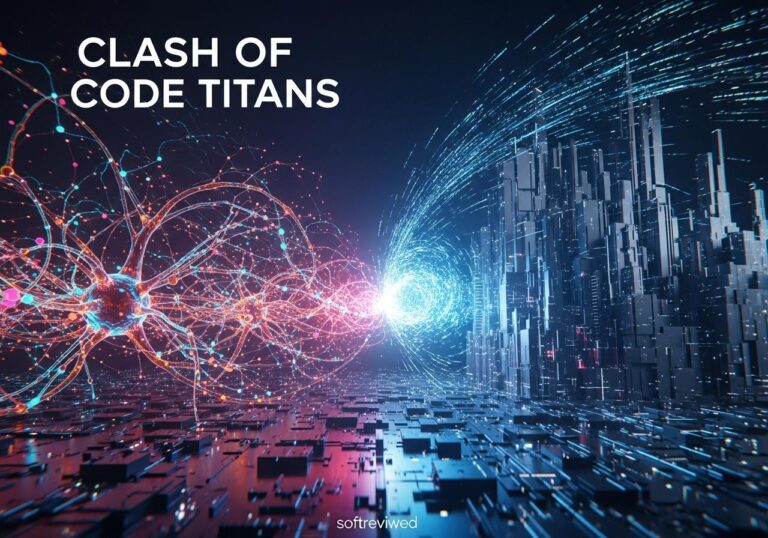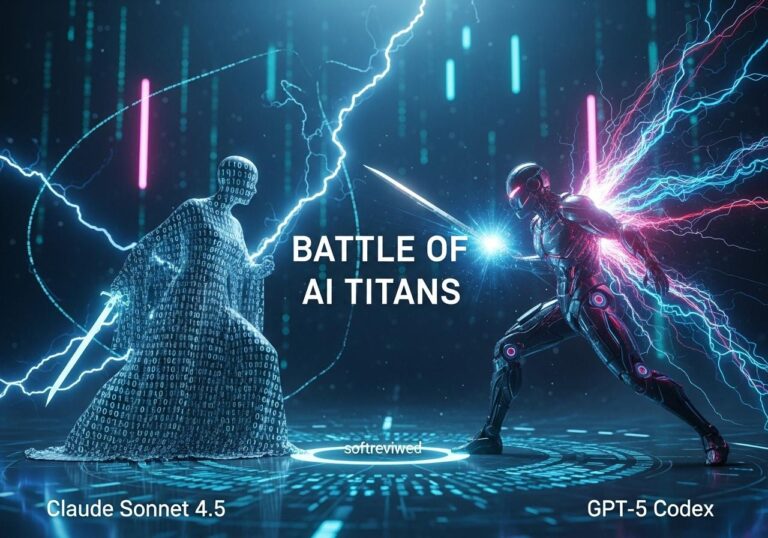Revolutionary Features of GPT-4o
OpenAI’s GPT-4o introduces breakthrough capabilities that transform AI interaction across voice, text, and visual inputs.
Real-time Transcription & Low Latency
GPT-4o processes and responds to both voice and text inputs with an impressive 0.32-second average latency, matching human conversational speeds. This enables truly natural back-and-forth dialogue without the awkward pauses typical of earlier AI models.
Multimodal Integration
Seamlessly processes and understands voice, text, and visual inputs simultaneously. This unified approach allows GPT-4o to draw connections between different information formats, providing contextually relevant responses regardless of input type.
Advanced Language Support
Features dramatically improved tokenization for non-Roman scripts like Hindi, Chinese, and other languages. This reduces the number of tokens required for processing these languages, resulting in faster operations and greater cost-efficiency.
Emotional & Contextual Awareness
Can recognize vocal tone and emotional nuances for more empathetic interactions. Its memory features maintain conversational continuity across topics, creating a more human-like interaction experience with awareness of previous exchanges.
Practical Applications
Enables powerful real-world applications including real-time translation services, responsive customer support chatbots, and sophisticated data analysis through interpretation of charts and visual content. These capabilities make GPT-4o applicable across numerous industries and use cases.
In the ever-evolving world of artificial intelligence, GPT-4o has emerged as a significant leap forward, particularly in its ability to handle multiple modalities like text, audio, and images. This "omni" model is not just an incremental upgrade; it represents a fundamental shift in how AI understands and interacts with the world around us. One area where GPT-4o is making waves is in audio transcription, offering unprecedented accuracy and real-time processing capabilities. This article will explore GPT-4o’s advanced transcription features, real-world applications, and what this powerful technology means for the future of human-computer interaction.
From Whisper to Omni: Understanding GPT-4o's Transcription Evolution
Before GPT-4o, speech-to-text was often a multi-step process involving separate models. OpenAI's Whisper model, for example, was a significant step in improving transcription, but it was not integrated into the larger model. GPT-4o changes this by incorporating audio processing directly into its core architecture. This means that it can not only transcribe words but also understand the nuances of speech, including tone, emotion, and background noise, which it can use to provide more contextually accurate transcriptions. GPT-4o, signified with an “o” for “omni” is designed to handle a combination of text, audio, and video inputs, and can generate outputs in text, audio, and image formats, offering a more seamless and integrated experience.
How Does GPT-4o Transcribe Audio?
GPT-4o's transcription capabilities stem from a single neural network trained across text, audio, and vision. Unlike previous systems that convert speech to text and then process it, GPT-4o processes raw audio directly. This "end-to-end" training enables it to better interpret the subtleties of human speech. The model uses its knowledge and experience to provide accurate text transcriptions of spoken words. This method allows for faster processing and more nuanced interpretation of the audio data, improving accuracy and the overall quality of transcriptions. The new gpt-4o-transcribe model builds upon this foundation and is specifically optimized for transcription, demonstrating improved Word Error Rate (WER) performance over previous models.
Real-Time Transcription: GPT-4o's Breakthrough in Conversational AI
One of the most compelling features of GPT-4o is its ability to perform real-time transcription. The Realtime API, using WebRTC or WebSockets, allows developers to integrate GPT-4o's transcription capabilities into applications that require immediate audio processing. Imagine real-time translation during international conferences or instant captioning for live streams; these are just a few examples of how GPT-4o’s real-time transcription is revolutionizing how we interact with spoken language. GPT-4o's average response time is a mere 320 milliseconds, a speed that is comparable to human response times. This speed is critical for conversational use cases where there is a lot of back and forth between humans and the AI, and gaps in the conversation can add up, leading to a poor user experience.
Beyond Simple Text: Analyzing the Nuances of Audio with GPT-4o

GPT-4o does more than just convert speech to text; it delves into the intricacies of audio. It can discern different speakers, detect emotions through tone of voice, and filter background noise. These sophisticated audio analysis capabilities make transcriptions richer and more context-aware. This allows for use cases like identifying customer sentiment during call center interactions and providing tailored responses, or making meeting minutes more accurately reflect the tone and mood of the discussion. The ability to understand not just what is said, but how it is said, is what separates GPT-4o from its predecessors.
GPT-4o vs. Previous Models: A Transcription Showdown 🥊
Let's compare GPT-4o's transcription prowess with older models:
| Feature | Whisper (Previous Gen) | GPT-4o |
|---|---|---|
| Processing | Separate model for transcription | Integrated into core model |
| Speed | Slower | Faster |
| Nuance | Limited | Enhanced emotion recognition |
| Accuracy | Good | Improved with gpt-4o-transcribe |
| Real-Time | Limited | Yes (via Realtime API) |
| Multimodal Input | No | Yes (text, audio and image) |
GPT-4o outperforms previous models by integrating transcription within the core model, resulting in improved speed, accuracy, and the ability to interpret nuanced audio. It is also more cost effective in many cases.
Real-World Applications: Where is GPT-4o Transcription Making a Difference?
The potential use cases for GPT-4o transcription are vast:
- Customer Service: Analyze customer sentiment in real time. 📞
- Meetings and Conferences: Generate accurate meeting minutes and transcripts. 📝
- Education: Provide real-time captioning for lectures and language learning. 🧑🏫
- Media and Entertainment: Create subtitles and transcriptions for videos and podcasts. 🎬
- Accessibility: Help individuals with hearing impairments access spoken content. 🦻
- Content Creation: Convert voice notes into written documents or blog posts. ✍️
- Healthcare: Support telemedicine consultations through real-time transcription. 🏥
These are just some examples where the enhanced capabilities of GPT-4o are having a real impact.
The Accessibility Advantage: GPT-4o for Everyone
GPT-4o is also a powerful tool for accessibility, with features that enhance access to information for people with disabilities. Its accurate real-time transcription capabilities can provide access to spoken information for people with hearing impairments. Additionally, GPT-4o can aid individuals with limited mobility by allowing them to interact with devices and applications via voice commands. The combination of transcription, natural language understanding, and voice generation makes GPT-4o a tool that can improve the quality of life for people with disabilities, thus making it more accessible to everyone.
Developer Tools: How to Integrate GPT-4o Transcription
For developers looking to harness GPT-4o’s transcription capabilities, there are several options. The Realtime API supports real-time audio processing. The standard chat completions API can be used for asynchronous processing of pre-recorded audio via the gpt-4o-audio-preview model. The newest specialized speech-to-text models, gpt-4o-transcribe and gpt-4o-mini-transcribe, offer enhanced accuracy for a variety of use cases. OpenAI provides extensive documentation and libraries to help developers integrate these models into their applications. You can also use tools and libraries provided by platforms like Azure OpenAI.
How Does GPT-4o Compare to DeepSeek’s Janus Pro in Terms of AI Capabilities?
GPT-4 boasts advanced language processing with nuanced conversational capabilities, while DeepSeek’s Janus Pro excels in multi-modal understanding and data retrieval. When comparing deepseek janus pro features to GPT-4, users may find Janus Pro’s integration of visual inputs and structured data handling distinct advantages for specific applications.
Cost Considerations: Understanding GPT-4o's Transcription Pricing
While GPT-4o is more efficient, it's important to understand the costs associated with its transcription services. Pricing is based on the number of tokens used, with different rates for input and output. The cost also depends on whether you use the Realtime API or the async chat completions API, with potentially different pricing for different models as well. For the gpt-4o-transcribe model, both input audio and output text are billed per million tokens. You should review the official OpenAI pricing page for the latest rates. Generally the model is more cost effective than previous models.
The Road Ahead: What's Next for AI-Powered Audio Analysis?
Looking ahead, the potential for AI-powered audio analysis is immense. We can expect even greater accuracy, faster processing times, and more nuanced understanding of audio. New applications are likely to emerge in areas like music analysis, sound recognition, and more advanced voice-based interfaces. As the technology improves, the line between human and AI interaction will continue to blur. The recent introduction of the gpt-4o-audio-preview model with its asynchronous processing and audio prompts, along with new speech-to-text models, marks a clear path towards future audio based applications.
The Voice of the Future: GPT-4o's Impact on Human-Computer Interaction
GPT-4o represents a major leap in AI, particularly in its ability to seamlessly integrate multiple modalities. Its advanced transcription capabilities are not just about converting speech to text; it's about creating a more natural and intuitive way for humans and machines to interact. As the technology continues to develop, we can expect even more transformative applications that will improve the way we live and work. The ability of GPT-4o to understand and respond to audio data will continue to shape how we interact with technology in the years to come.
For further information about GPT-4o and its capabilities, you can visit the official OpenAI API documentation.







